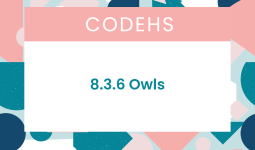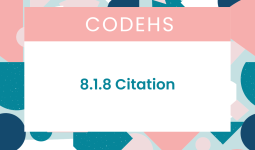Question: A 4-year-old presents with vomiting, lethargy, frequent urination, weight loss, and dry mucous membranes. Vital signs reveal deep respirations at 44 breaths per minute, bp of 70/44 mm hg, and hr of 144 beats per minute. Which of the following laboratory values would be most expected in this child?
This question is a part of the ENPC 6th Edition Test Answers.
Answer
Hypoglycemia (wrong).
Remediation feedback: Children can present with new onset diabetes in diabetic ketoacidosis. Manifestations include signs of dehydration ( dry mucous membranes, hypotension, tachycardia), incontinence (polyuria), vomiting, abdominal pain, Kussmaul respirations (to counter the acidosis), polydipsia, anorexia, and weight loss.
Expected laboratory values would reveal an acidotic state with a pH level below 7.3, an elevated serum bIcarbonate level, and an elevated blood glucose level > 200 mg.dL.
In the case of a 4-year-old presenting with symptoms such as vomiting, lethargy, frequent urination, weight loss, and dry mucous membranes, along with vital signs indicating deep respirations, hypotension, and tachycardia, the most expected laboratory findings would point towards diabetic ketoacidosis (DKA), a serious condition often associated with new onset diabetes in children. The clinical picture described suggests significant dehydration and metabolic disturbances typical of DKA.
Contrary to the incorrect answer of hypoglycemia, the expected lab values for a child in DKA would indeed include:
- Elevated blood glucose level greater than 200 mg/dL, which is a hallmark of diabetes and indicates that the body is unable to properly use glucose for energy due to lack of insulin, leading to high blood sugar levels.
- Acidotic state with a pH level below 7.3, indicating the presence of acidosis, which in the context of DKA is due to the accumulation of ketones in the blood as a result of fat breakdown for energy.
- Elevated serum bicarbonate level, which may seem counterintuitive but in the context of DKA, the bicarbonate value may be low or at the lower limit of normal as the body attempts to compensate for the acidosis by using up bicarbonate to neutralize the excess acids.
These findings underscore the critical nature of recognizing the signs and symptoms of DKA in children, which requires urgent medical intervention to correct the dehydration, acidosis, and high blood glucose levels through fluid replacement, insulin therapy, and careful monitoring of electrolytes.





















Leave a comment